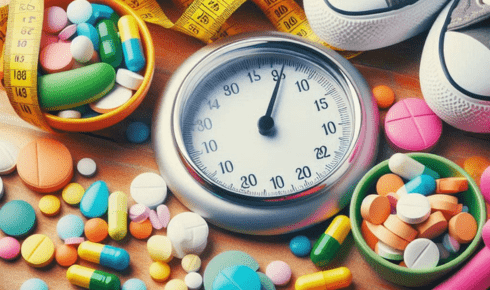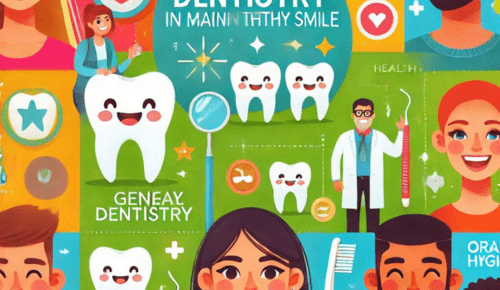In recent years, childhood obesity has become a pressing public health issue, prompting discussions about effective interventions, including the use of Weight Loss Drugs for Children. While lifestyle changes such as diet and exercise remain the cornerstone of obesity treatment, some children may require medication to help manage their weight. This article will explore the types of weight loss drugs available for children, their effectiveness, potential side effects, and important considerations for parents.
Understanding Childhood Obesity
Childhood obesity is defined as having an excessive amount of body fat that can negatively impact a child’s health. According to the Centers for Disease Control and Prevention (CDC), the prevalence of obesity among children and adolescents has more than tripled since the 1970s. Factors contributing to this rise include poor dietary habits, sedentary lifestyles, and environmental influences.
When Are Weight Loss Drugs Considered?
Weight loss drugs for children are typically considered when:
- Lifestyle Changes Are Insufficient: If a child has not achieved significant weight loss through diet and exercise alone, medication may be an option.
- Health Risks Are Present: If a child has obesity-related health conditions, such as type 2 diabetes, high blood pressure, or sleep apnea, weight loss drugs may be recommended to reduce these risks.
- Age and Weight Criteria: Most weight loss medications are approved for use in children aged 12 and older, and they are usually prescribed for those with a BMI at or above the 95th percentile for their age and sex.
Types of Weight Loss Drugs for Children
Several weight loss medications have been approved for use in children and adolescents. Here are some of the most commonly prescribed options:
- Orlistat (Alli, Xenical): Orlistat works by inhibiting the absorption of dietary fats in the intestines. It is approved for use in children aged 12 and older. While it can help with weight loss, it may cause gastrointestinal side effects, such as diarrhea and flatulence.
- Liraglutide (Saxenda): Originally developed for type 2 diabetes, liraglutide is an injectable medication that helps regulate appetite and food intake. It is approved for use in children aged 12 and older and has shown effectiveness in promoting weight loss.
- Phentermine-topiramate (Qsymia): This combination medication is approved for use in adolescents aged 12 and older. Phentermine is an appetite suppressant, while topiramate is used to enhance weight loss. However, it may have side effects, including mood changes and sleep disturbances.
Effectiveness of Weight Loss Drugs
Research indicates that weight loss medications can be effective when combined with lifestyle changes. Studies have shown that children who use weight loss drugs, along with a healthy diet and increased physical activity, can achieve greater weight loss compared to those who rely on lifestyle changes alone. However, the degree of weight loss varies among individuals, and not all children will respond to medication.
Potential Side Effects
While weight loss drugs can be beneficial, they also come with potential side effects. Common side effects may include:
- Gastrointestinal Issues: Medications like orlistat can cause stomach cramps, diarrhea, and oily stools.
- Mood Changes: Some medications, such as phentermine-topiramate, may lead to mood swings, anxiety, or depression.
- Nausea and Vomiting: Liraglutide can cause nausea, especially when starting treatment.
It is essential for parents to discuss these potential side effects with their child’s healthcare provider to make informed decisions.
Important Considerations for Parents
Before considering weight loss drugs for children, parents should keep the following points in mind:
- Consult a Healthcare Professional: Always consult a pediatrician or a specialist in childhood obesity before starting any medication. They can assess the child’s overall health and determine the most appropriate treatment plan.
- Focus on Comprehensive Treatment: Weight loss drugs should not be viewed as a standalone solution. A comprehensive approach that includes dietary changes, physical activity, and behavioral therapy is crucial for long-term success.
- Monitor Progress: Regular follow-ups with healthcare providers are essential to monitor the child’s progress, adjust medications if necessary, and address any concerns.
- Educate and Support: Educate children about healthy eating and the importance of physical activity. Providing emotional support and encouragement can help them develop a positive relationship with food and exercise.
Conclusion
The use of weight loss drugs for children can be a valuable tool in the fight against childhood obesity, particularly for those who have not achieved success through lifestyle changes alone. However, it is essential for parents to approach this option with caution, ensuring that they work closely with healthcare professionals to create a comprehensive and supportive treatment plan. By prioritizing healthy habits and fostering a positive environment, parents can help their children achieve and maintain a healthy weight for life.




